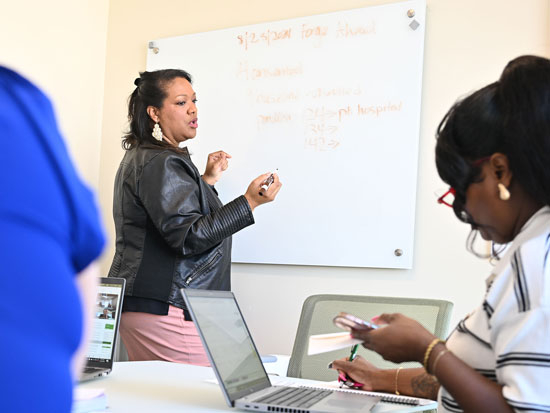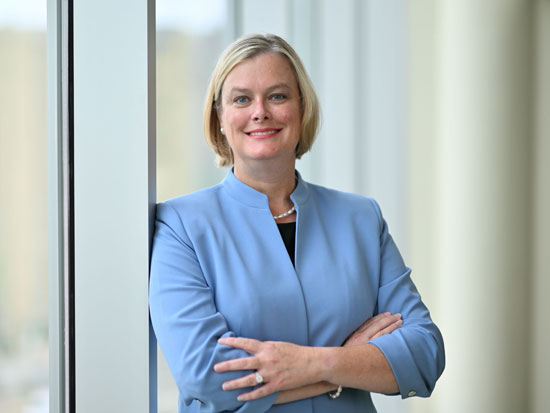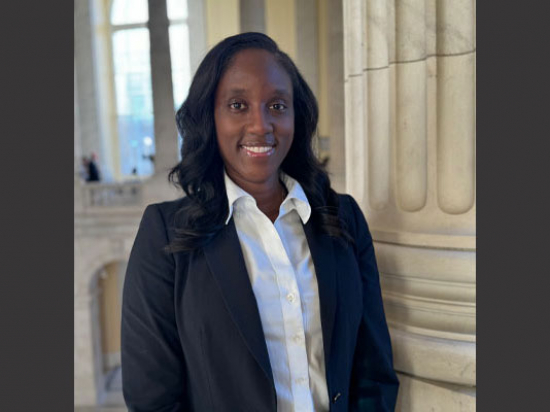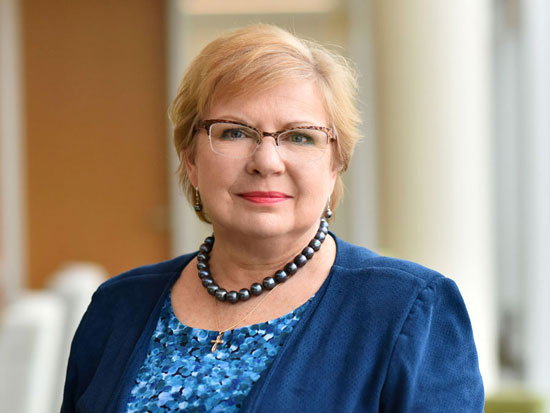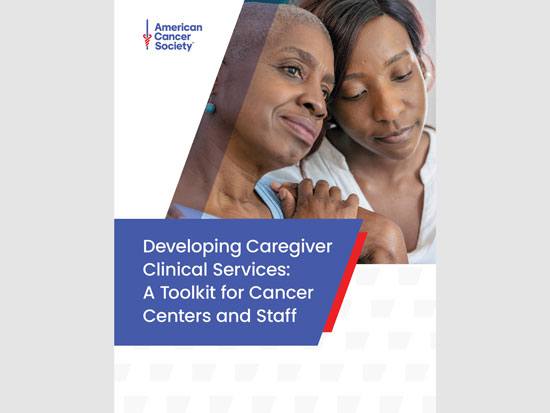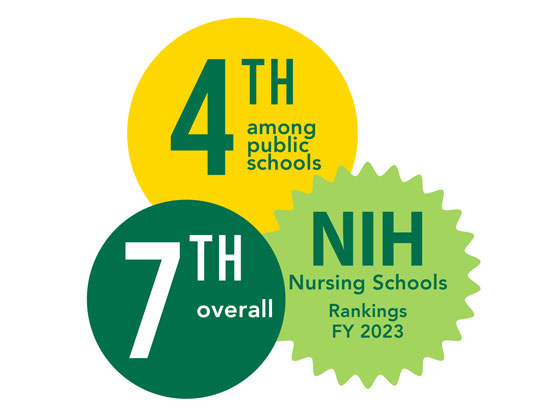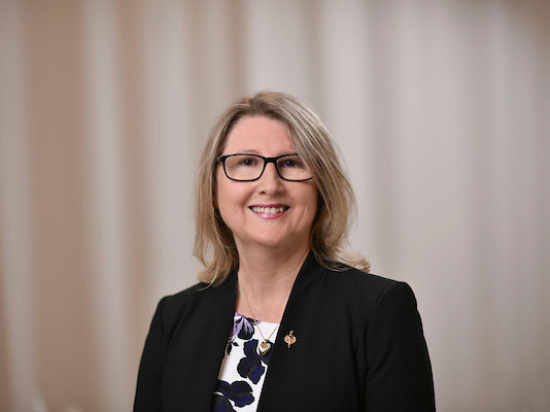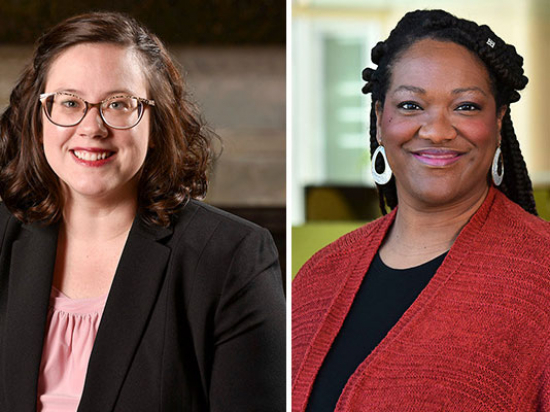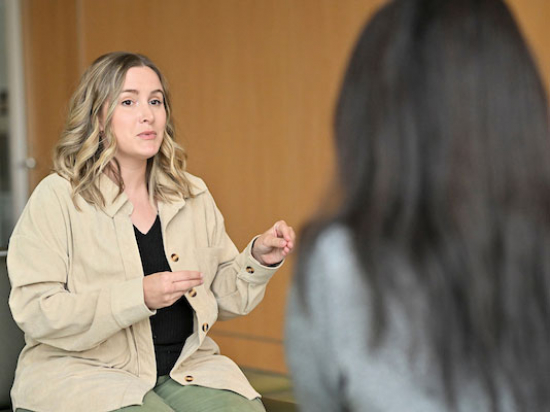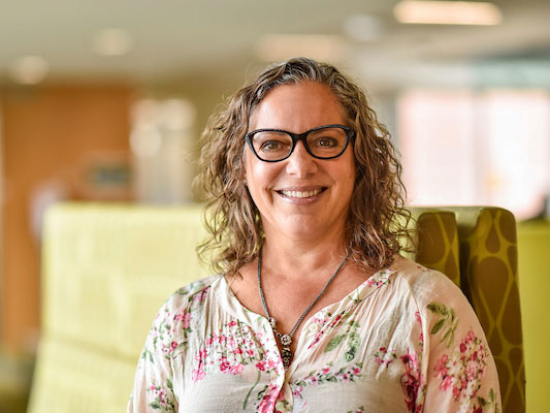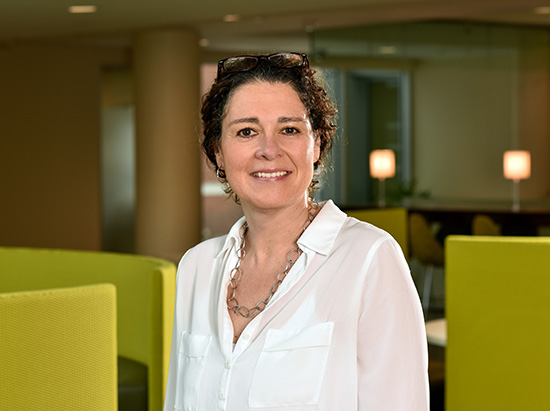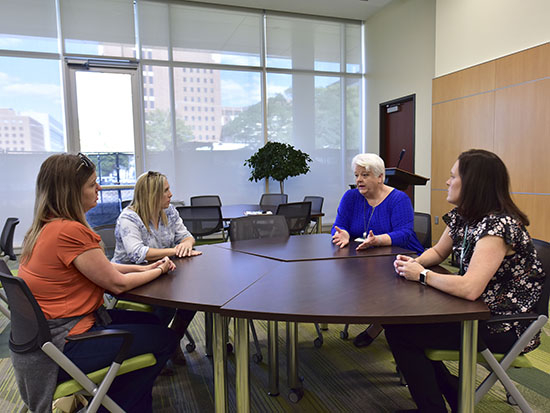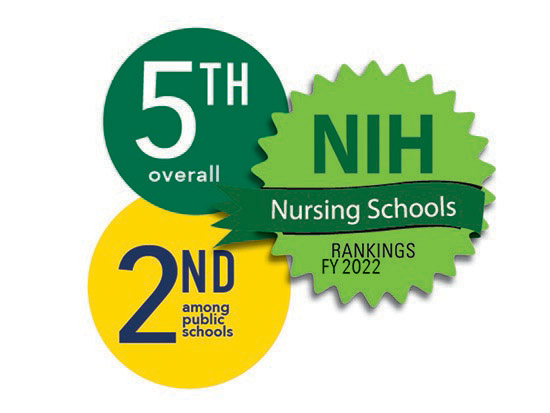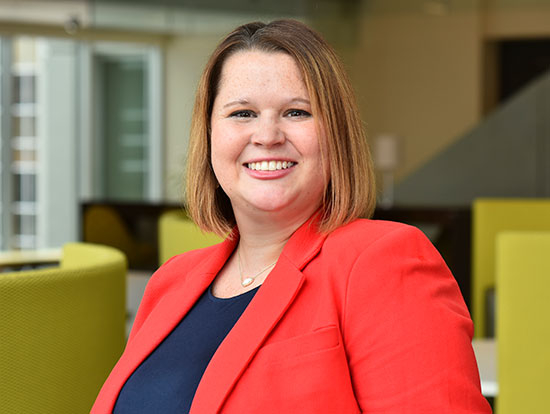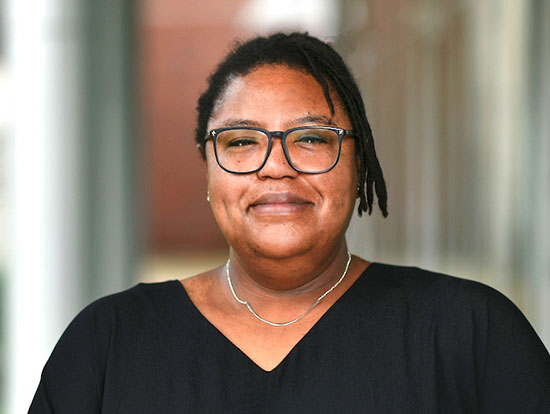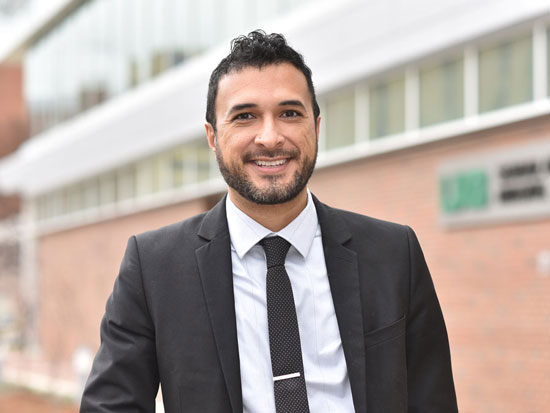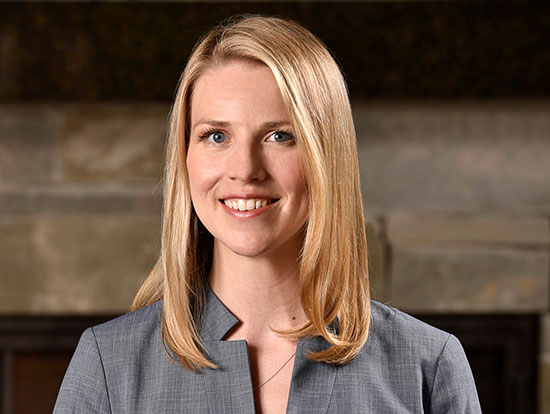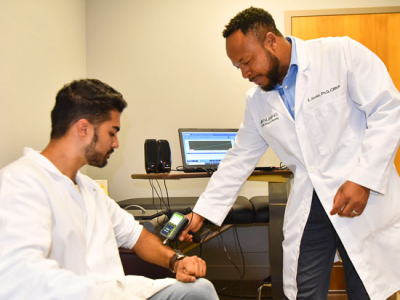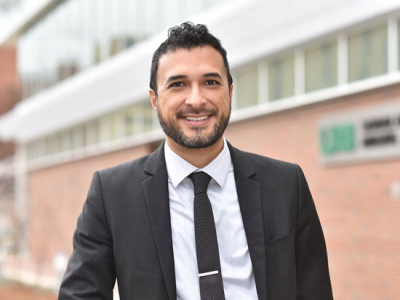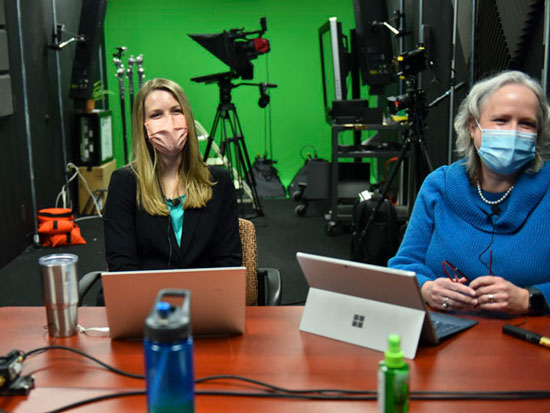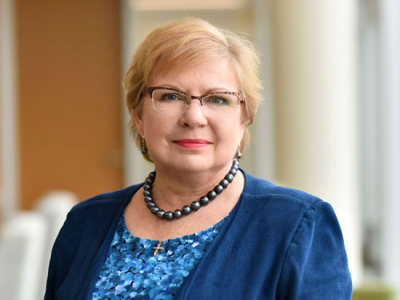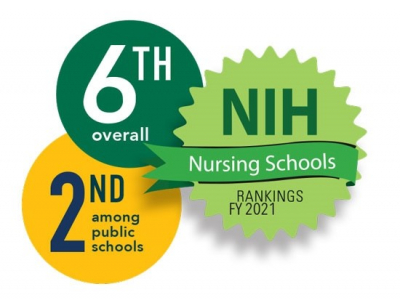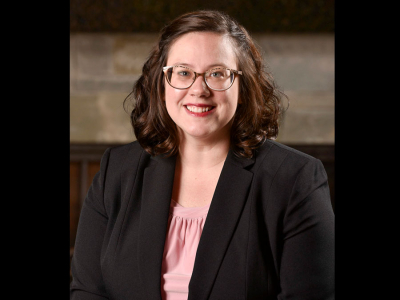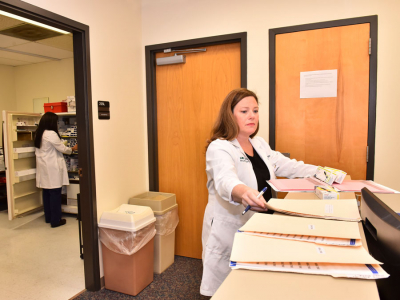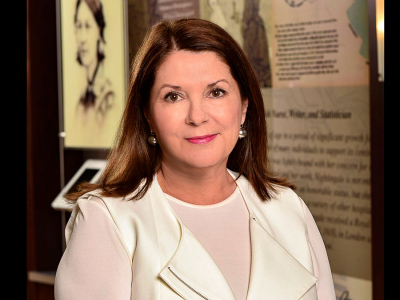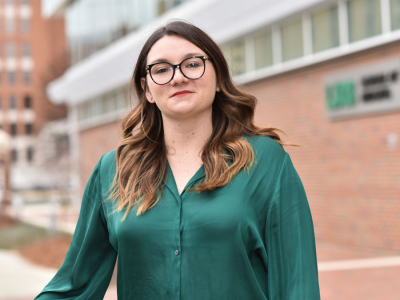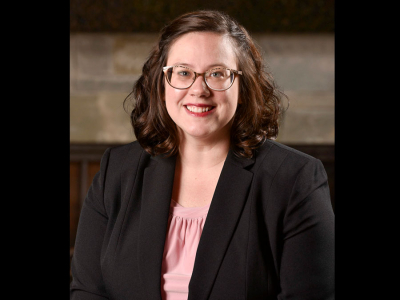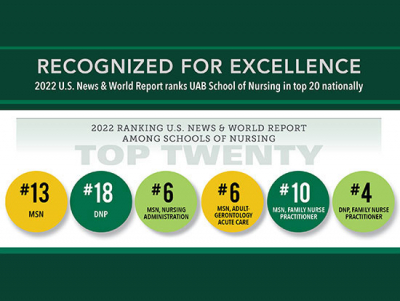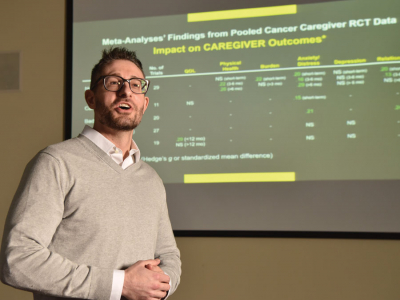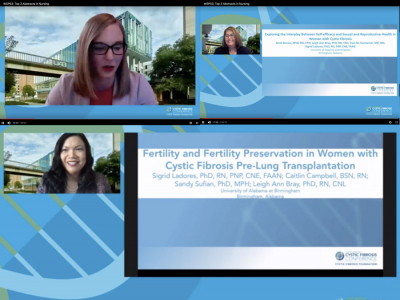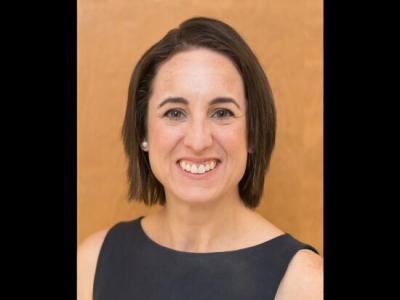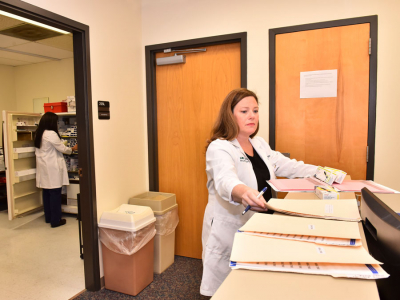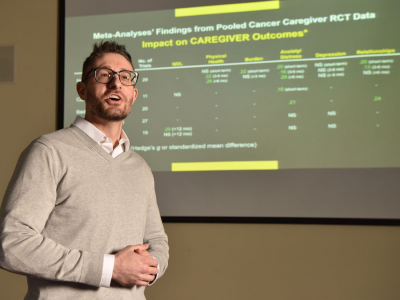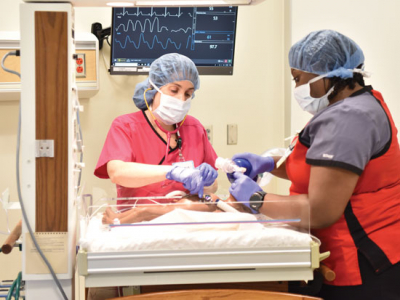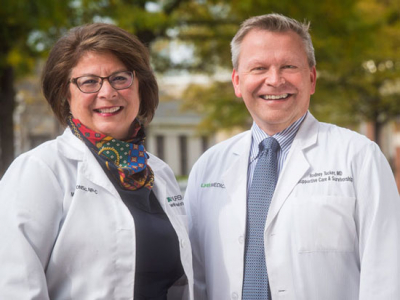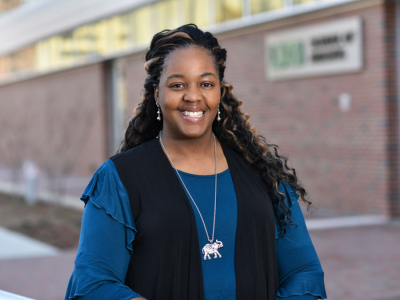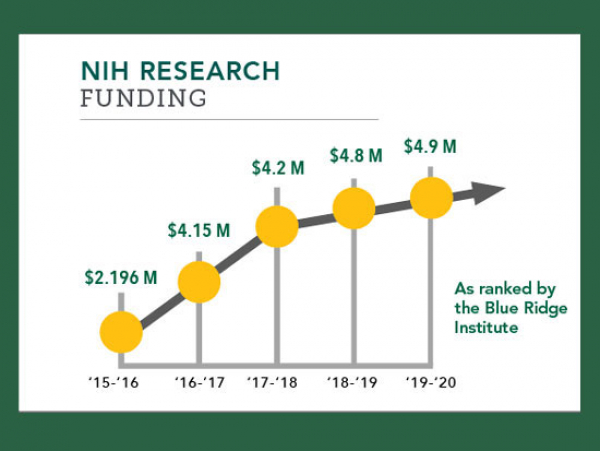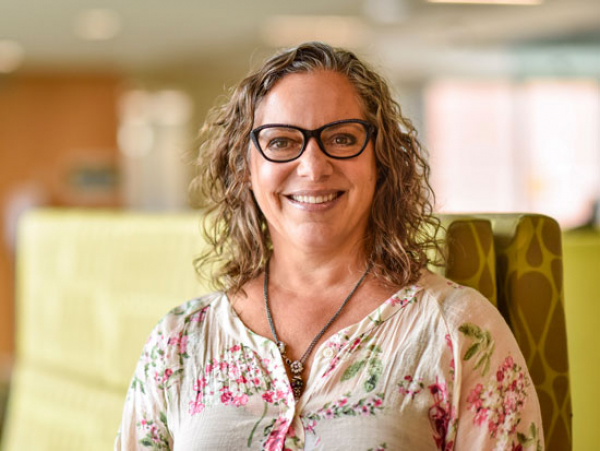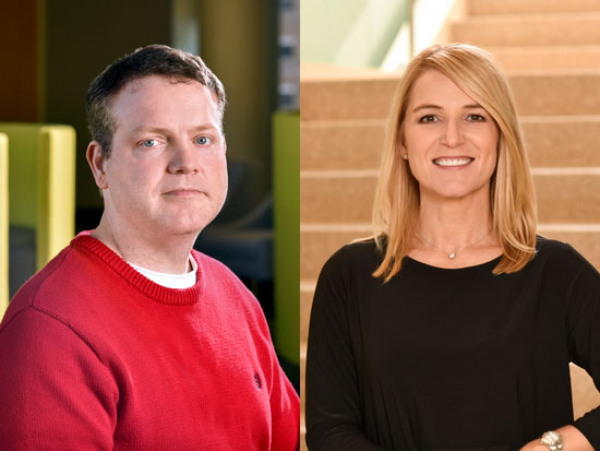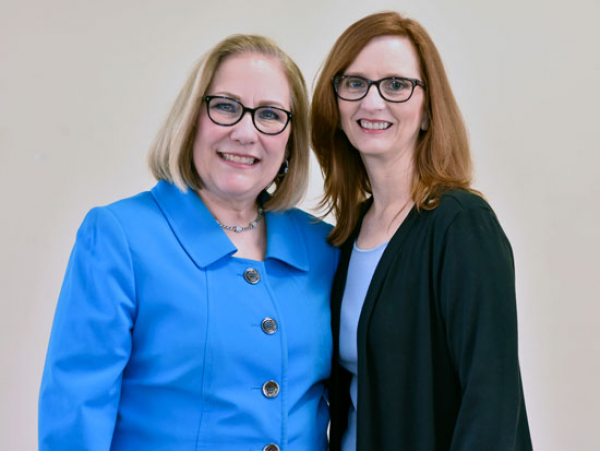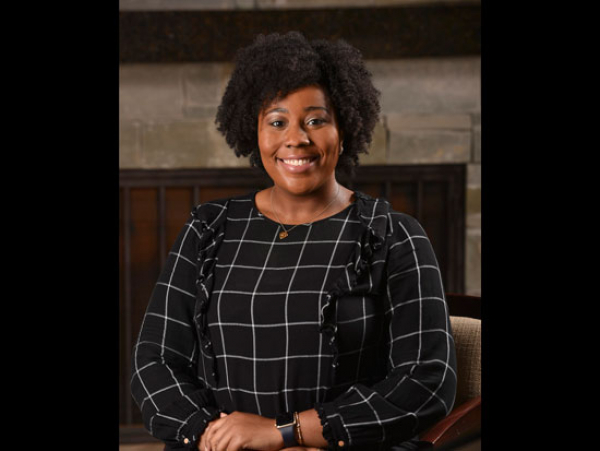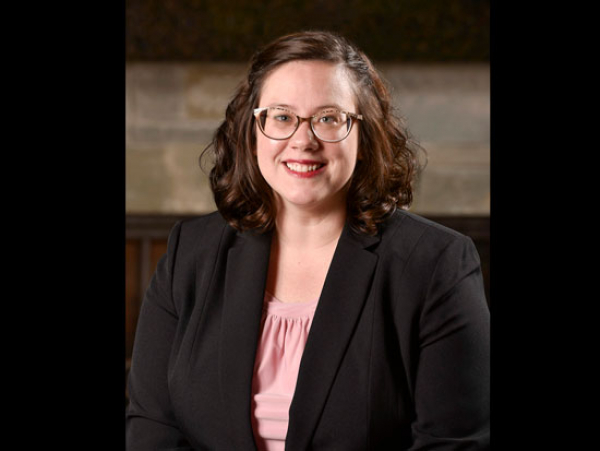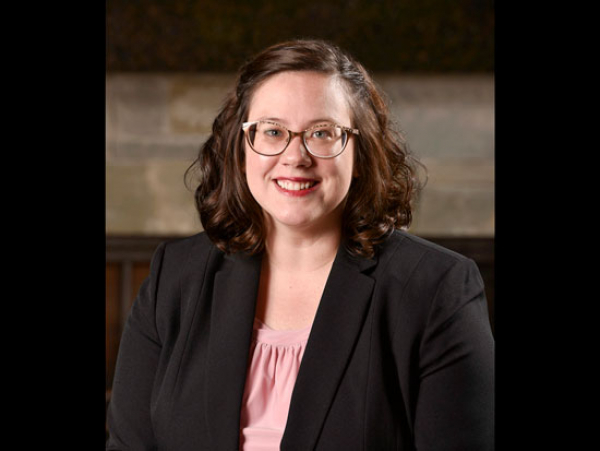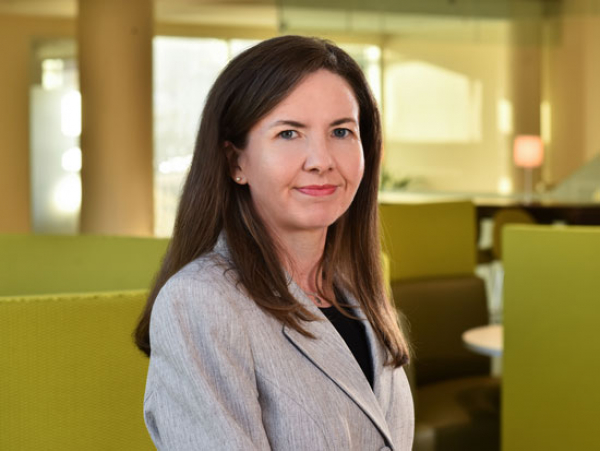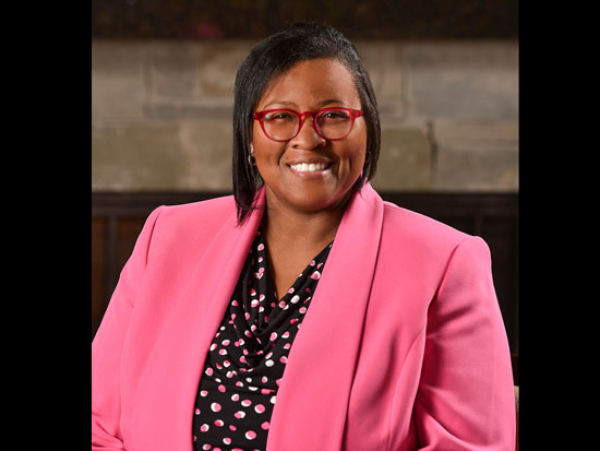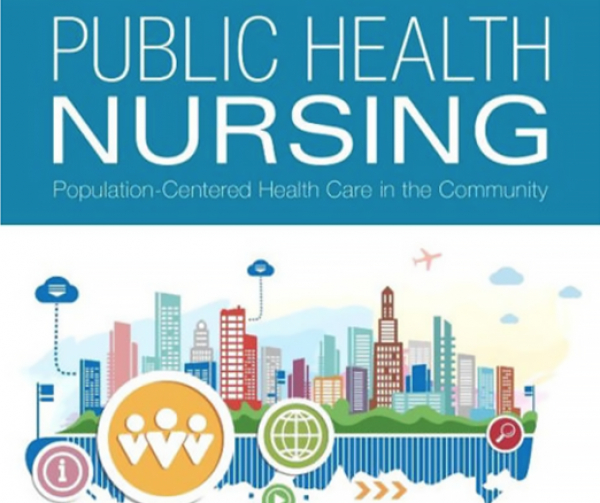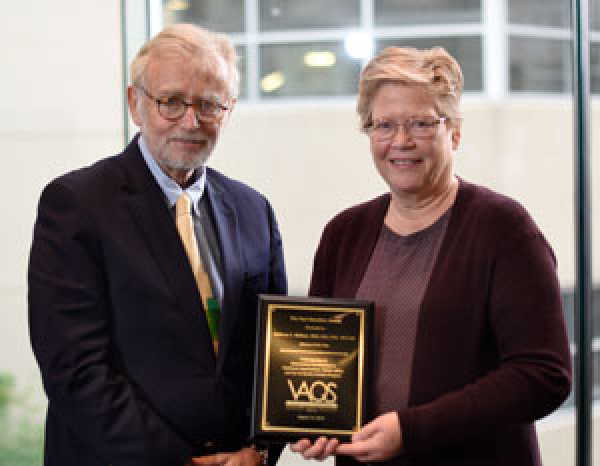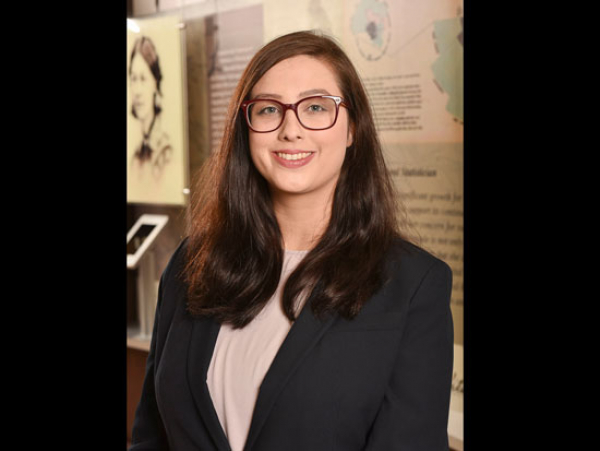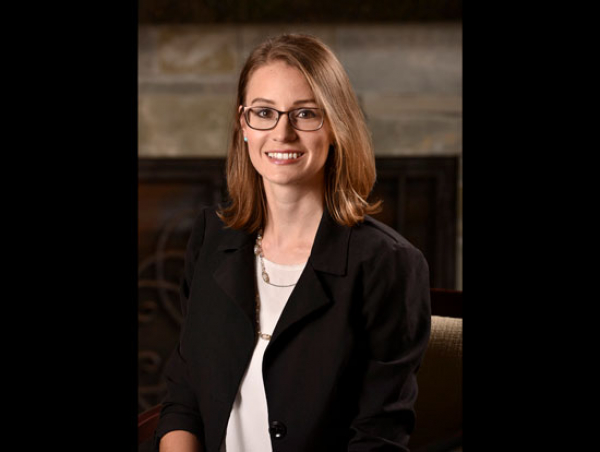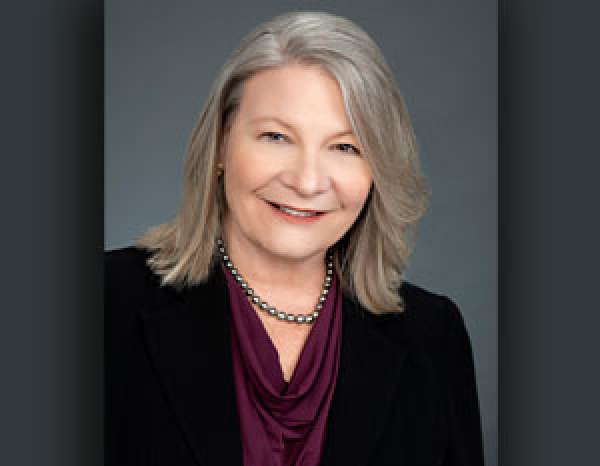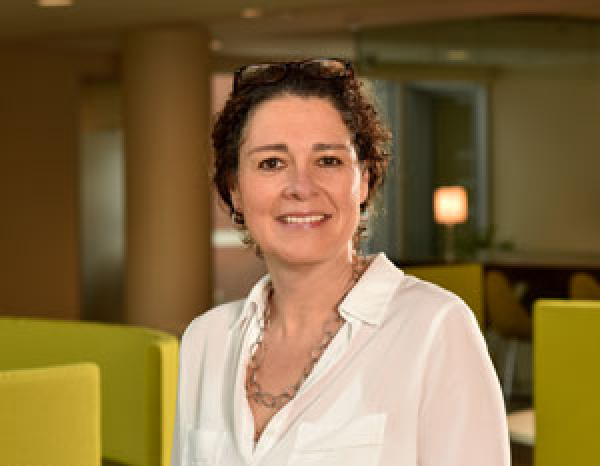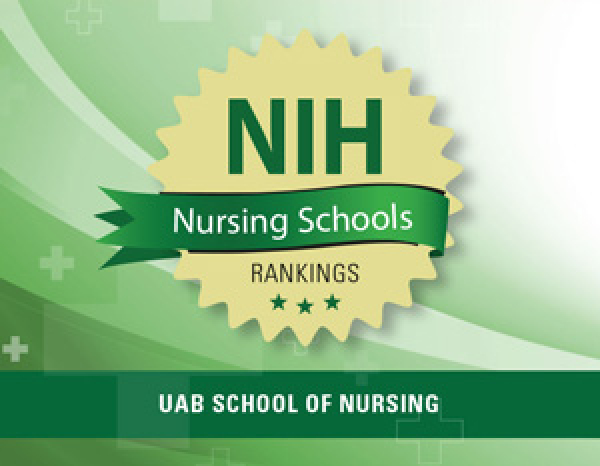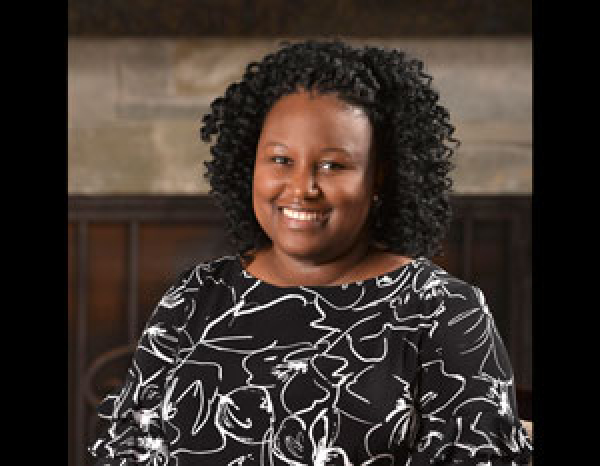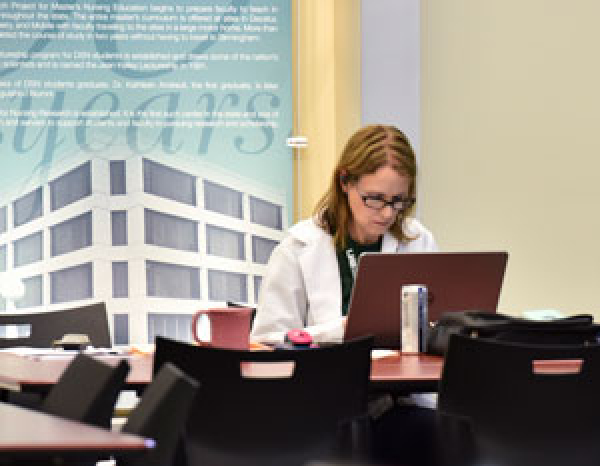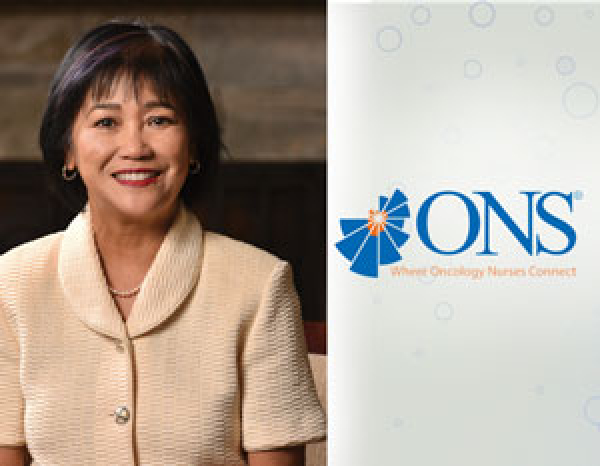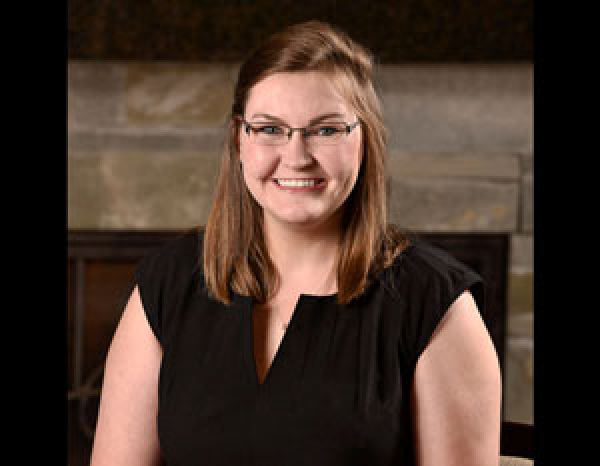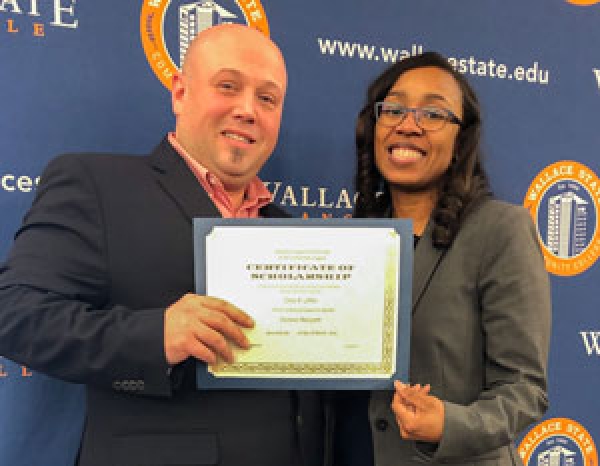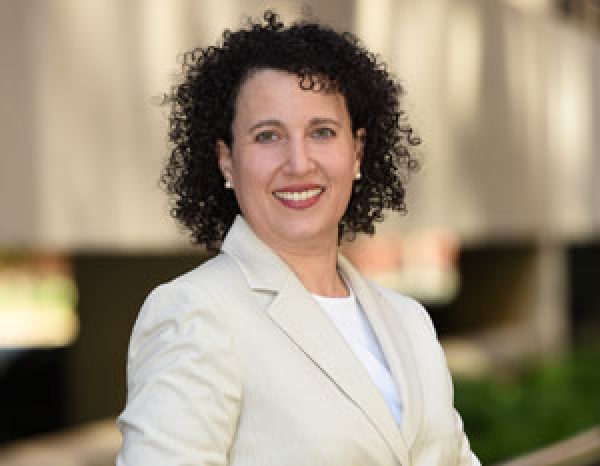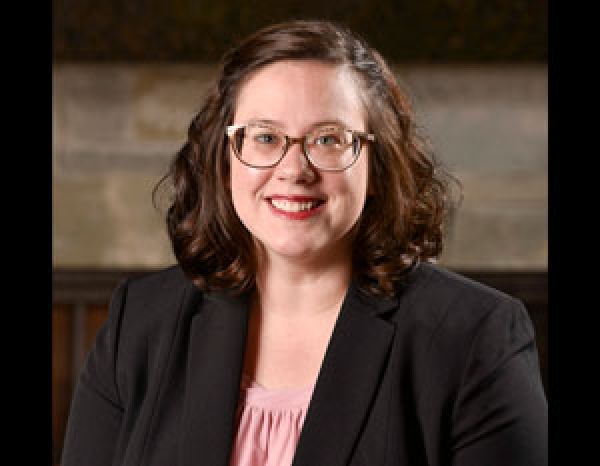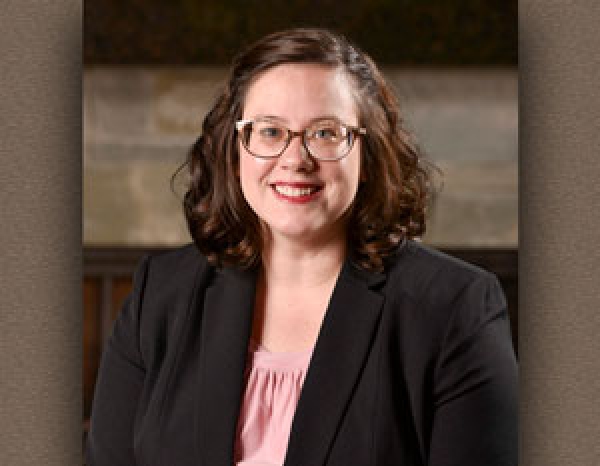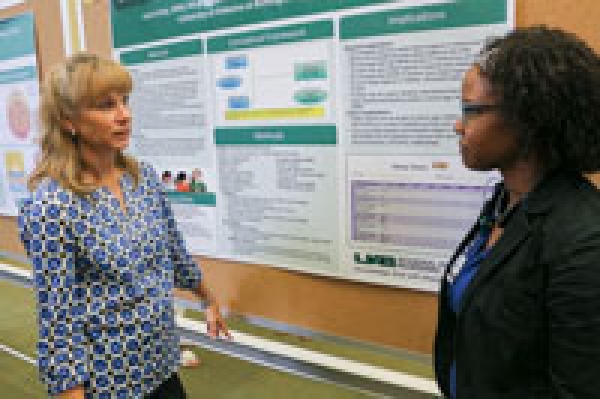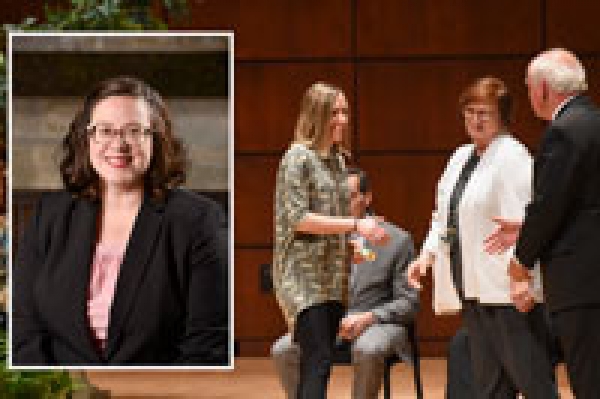By Jennifer Lollar
The UAB School of Nursing, an international leader in nursing research, has jumped 9 spots, and into the Top 15 Schools of Nursing, in National Institutes of Health (NIH) funding rankings for U.S. nursing schools published by the Blue Ridge Institute for Medical Research.
With nearly $4.15 million in NIH research funding for fiscal year 2017 ending September 30, 2017, the School ranks 14th nationally, up from 23rd in 2016 and 34th in 2015. Blue Ridge breaks down annually what those grants bring into the School. The UAB School of Nursing has an overall total of more than $11 million in current research, education, clinical and training grants. 
UAB School of Nursing Associate Dean for Research Karen Meneses, PhD, RN, FAAN, said a large research program project grant led by a senior faculty in the School, as well as other NIH funding for several senior scientists, junior faculty, and postdoctoral fellows helped the School make the nine-spot jump.
“This past year Dr. Mirjam-Collette Kempf, PhD, MPH, was named primary principal investigator of the UAB Women’s Interagency HIV Study and received $2.1 million in NIH funding. We also have two R01s led by Drs. David Vance and Marie Bakitas. Assistant Professor, Dr. Pariya Wheeler, is currently funded with an R00 and Dr. Dionne-Odom, Postdoctoral Fellow, is currently funded with a K99 that helped move us up in ranking.”
UAB School of Nursing Dean and Fay B. Ireland Endowed Chair in Nursing Doreen C. Harper, PhD, RN, FAAN, said interdisciplinary collaborations and the University’s innovative environment were critical in growing the School’s NIH research portfolio.
“Central to our continued growth has been our alignment with UAB Medicine, University-Wide Interdisciplinary Centers, and our other health sciences colleagues across campus helped expand our research, particularly around special populations,” she said. “Collaboration is a core value in our School and in our University. The environment this creates, along with our faculty’s drive for innovation has ignited the desire to perform transformational research.”
Harper added the rise in the rankings is also due to the foundation Meneses and her team have built to support nurse scientists.
“We have been purposeful in how we built our research infrastructure,” she said. “We have a highly skilled, knowledgeable, and supportive team in our Office of Research and Scholarship that helps mentor and develop faculty through the application and submission process. And, our senior faculty at UAB, both within and outside of Nursing, provide mentorship to our younger scientists – as well as to our students from the baccalaureate through the doctoral to the post-doctoral level – that has helped us grow and expand our research base. In addition, our School has invested in faculty growth and development that also has helped our rankings continue to rise.”
“It’s not individual efforts to make the strides we have, it takes the entire School to get that done. And we work to be as nimble, quick and as responsive as we can to requests for proposals,” Meneses added. “We have a great system that works very well.”
Meneses said mentoring has been a huge part of the School’s funding successes.
“We have great mentoring not just in our School but throughout the university,” she said. “We all have close relationships with our mentees -- I talk to mine almost every day -- and we support them in mentoring one another. The collaborative team approach to everything we do is a large part of our success.”
Harper said the rankings also reflect the School’s grant funding from sources other than the NIH across all of its missions – teaching, research, and service, including more than $4 million from the U.S. Department of Health and Human Services, Health Resources and Services Administration (HRSA) to help support our academic and service missions and students in our nationally ranked graduate programs who are preparing for careers as advanced practice nurses, nurse educators and nurse scientists. Training funds and grants totaling more than $1.4 million in research and education from prestigious organizations, including the Jonas Foundation, Robert Wood Johnson Foundation, Susan G. Komen Foundation, American Cancer Society, and National Institute of Occupational Safety and Health provide solid support for our graduate, doctoral and post-doctoral students.
“Our rankings have continued to improve as our faculty have leveraged competitive foundation grants, intermural grants, as well as grants from the military, Health Services Research and the VA,” she said. “Those have helped build and support the infrastructure and scholarship of our faculty both within the NIH grants and within the philanthropic and foundation areas.”
This improved ranking also means the School has reached one of its strategic goals – to rank in the top 20 in NIH research funding by 2020.
“Now it is up to us to sustain this momentum,” Harper said. “We have to continue to nurture and grow our early career scientists and continue to grow our interprofessional scientific endeavors.”

